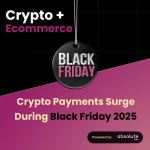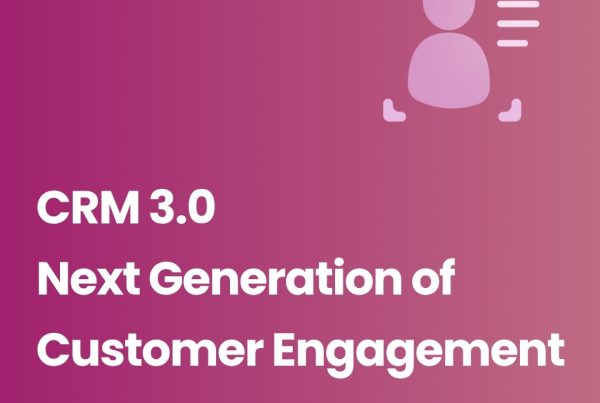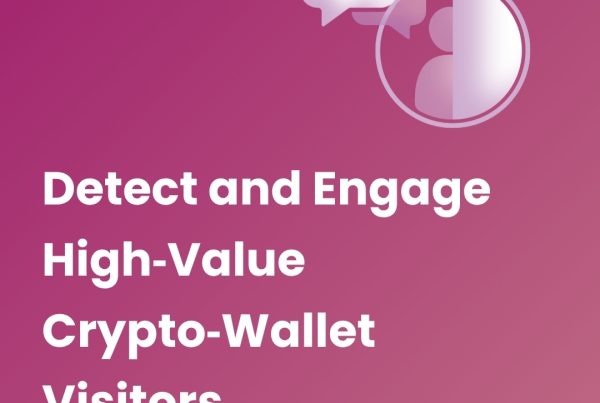Personalization is no longer optional, it’s a baseline expectation. Yet many brands still struggle to deliver truly relevant experiences at scale.
Crypto-wallet segmentation provides a powerful way to bridge that gap. By combining Web2 and crypto-wallet data, marketers can create richer personas, segment more intelligently, and activate campaigns that resonate deeply with high-value customers.
1. Why Traditional Segmentation Falls Short
Most ecommerce teams segment customers using:
- Basic demographics (age, location, gender).
- Transactional history (recency, frequency, monetary value).
- Declared preferences (e.g., from surveys or sign‑ups).
While these are useful, they fail to answer critical questions:
- Who has the highest potential to spend?
- Which visitors show the strongest engagement with premium or exclusive experiences?
- How do I prioritize audiences to maximize ROI?
The consequence? Marketing resources are spread thin, personalization remains superficial, and high‑value customers receive the same treatment as casual browsers.
Why it matters:
Segmentation must evolve from a static, retrospective model to a dynamic, forward‑looking approach, one that identifies who your customers are today and who they could become tomorrow.
2. How Crypto-Wallet Segmentation Enriches Marketing Strategies
Integrating crypto-wallet segmentation into your CRM/CDP provides new dimensions for understanding and targeting customers that traditional methods can’t capture:
- Buying power: Estimate a customer’s spending potential based on the value of their digital assets.
- Affinity signals: Identify interests through the types of digital assets they hold (e.g., luxury collectibles, loyalty tokens, gaming items).
- Engagement with premium experiences: Evaluate their appetite for exclusive or early‑access opportunities based on wallet activity patterns.
Combined with Web2 data (transaction history, loyalty status, clickstream), these signals create multi‑dimensional segments that help you focus your marketing where it matters most.
In practice: This means you can stop sending generic campaigns to everyone and start matching offers to a shopper’s actual value, interests, and likelihood to engage.
3. Personas You Can Build with Crypto‑Wallet Intelligence
By layering these insights, brands can create actionable personas. Examples include:
- Luxury Collectors: High‑liquidity crypto‑wallet profiles with ownership of premium fashion or art‑related digital assets, often early adopters of luxury drops.
- Digital‑First Travelers: Customers engaging with Web3 travel‑related ecosystems, showing intent for premium experiences.
- Tech Enthusiasts: Multi‑crypto‑wallet holders exploring emerging networks and experimental projects, likely to engage with innovation‑driven campaigns.
These personas can then be used to customize offers, tailor journeys, and predict lifetime value more accurately than with Web2 data alone.
4. From Segmentation to Activation: How to Make It Work
1st step: Detect & consent
Use the Absolute SDK to detect crypto‑wallet visitors on your website or mobile app, then request consent via wallet‑connect to access and analyze their profile.
2nd step: Enrich & score
Combine crypto‑wallet signals (buying power, asset categories, engagement level) with your Web2 data. Use scoring models to rank customers by potential value and relevance.
3rd step: Segment & build personas
Group profiles into actionable segments and personas, e.g., “Luxury Collectors with high buying power” or “Frequent travelers with mid‑tier engagement.”
4th step: Personalize & activate
Deploy targeted campaigns: token‑gated exclusive drops, early access to loyalty tiers, or tailored product bundles.
5th step: Measure & refine
Leverage the dashboards in the Absolute SDK to analyze segment performance, adjust scoring, and optimize engagement strategies.
From Segmentation to Personalization, Why Web3 Changes the Rules
In traditional marketing, segmentation is based on past behaviors. Web3 adds a new dimension: real‑time, verifiable signals about customer potential, interests, and community affiliations. This lets you personalize not just on what they’ve done, but on who they are and what they’re likely to do next.
5. Real‑World Applications
- Luxury retail: A global fashion brand segmented crypto‑wallet visitors into “collectors” vs. “occasional buyers.” Exclusive drops for collectors delivered 4.2x higher conversion rates than standard campaigns.
- Travel & hospitality: A hotel group created a “high‑liquidity digital traveler” segment and offered early access to premium loyalty benefits, boosting enrollment by 2.8x.
- Ecommerce: A beauty retailer identified “tech enthusiasts” with mid‑tier buying power and launched personalized product bundles, increasing average order value by 20%.
Conclusion
Personas and scoring transform segmentation from a static exercise into a dynamic, revenue‑driving strategy. By focusing on high‑potential shoppers and aligning offers with their motivations, ecommerce teams can deliver personalized experiences that boost conversions, AOV, and lifetime value.
Want to identify and prioritize your high‑value crypto‑savvy shoppers?
📥 Download our latest State of Cryto Commerce & Payments report for the latest data and insights.
Continue the series “CRM Enrichment in the Web3 Era”:
- Part 1: From Signals to Strategy – Discover the foundations of crypto-wallet intelligence.
- Part 2: From Anonymous to VIP – Learn how to detect and engage high-value crypto-wallet visitors.
- Part 4: CRM 3.0 – See how crypto-wallet data integrates into next-generation CRM systems.









